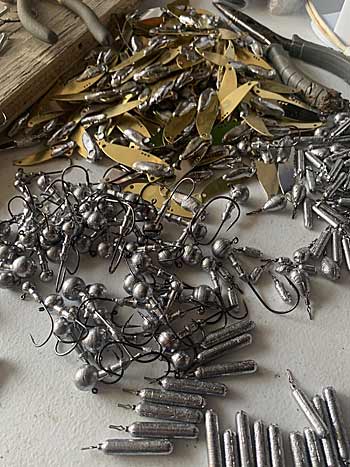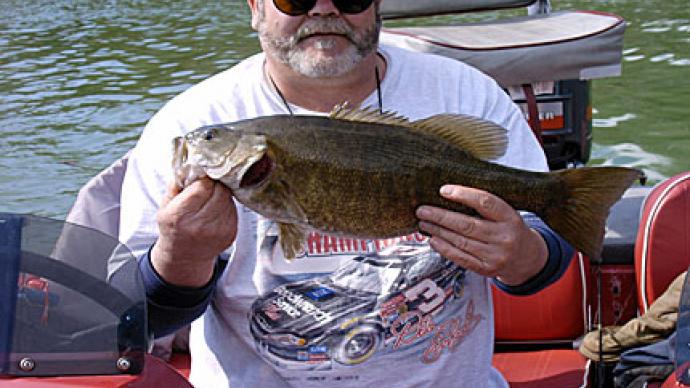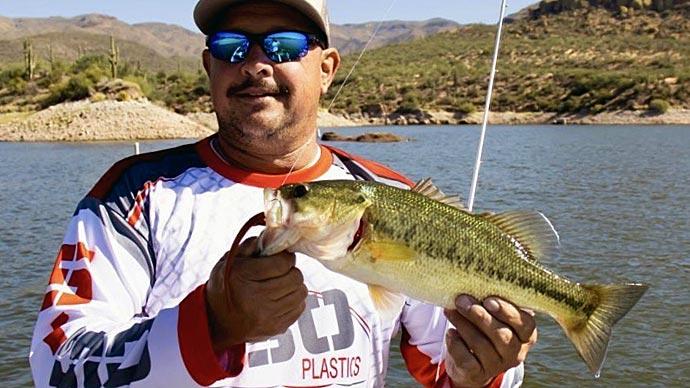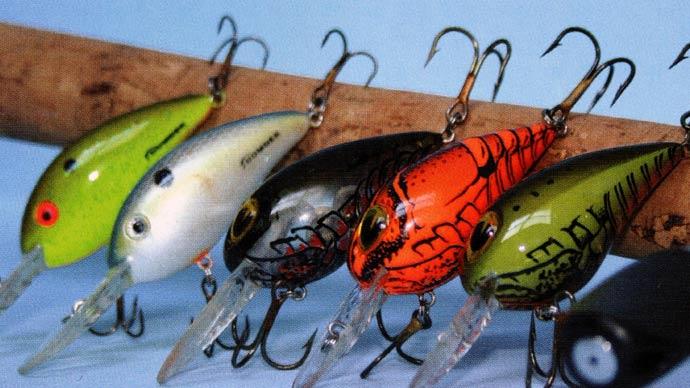
One of the best ways to pass the time during slow fishing times is to work on your tackle. Organizing, cleaning, or maintaining your gear is a great way to get ready for the upcoming season. Another way to get hands-on with your fishing is to make your tackle. Pouring your weights, jigheads, and lures is a fun way to stockpile your gear and can lead to significant cost savings over time.
The Upfront Costs
Without a doubt, getting the equipment to start is the most expensive part of making your tackle. The cost to get started includes necessities like a lead melting pot and the molds themselves. Aside from these two main parts of the process, hooks, weight clips, and other accessories will need to be purchased.
Once these items are purchased, the savings clock starts ticking, and after a few pouring sessions, you will recoup your initial investment.
When getting started, consider the products you use the most and invest in those molds. It could be pieces of terminal tackle like drop-shot weights, football head jigs, or whatever you tend to go through the most during a season. For these necessities, it makes sense to pour as many as you plan to use and not worry about shopping for them during the season.

The final item to acquire is the lead itself; there are many ways to do this. It can readily be found locally at industrial metal supply shops or online sites. Another great option that can lead to great deals is shopping sites like Craigslist, where individuals often sell lots of lead just waiting to be made into tackle. Tire weights and old lead bullet weights are another way to source your lead.
One thing to keep in mind with any lead you obtain is the purity levels and the softness or hardness of different lead pieces. The more impurities in the lead, the more waste you will have, and there is a chance that it will not melt or pour as smoothly.
This is all part of the process; you will learn the differences between different leads as you pour your tackle through trial and error. Purchasing pure lead ingots from a dealer may cost more upfront, but the quality level and consistency usually make it worthwhile.
Safety First
There are two main dangers with pouring your tackle, but both can easily be remedied with the proper steps and a little common sense. Both lead fumes and extreme heat are two things to take into consideration. Each of them can pose health risks and should be taken seriously.
A well-ventilated area or even outside is best to prevent excess fumes. Adding a fan or two is also a good idea and will make you safer and more comfortable. Handling the lead ingots with gloves is essential since lead can cause health issues.
The extreme heat needed to melt lead poses its risks. To combat this, wearing welding gloves will protect your hands during the pouring process. If you are not pouring on a wooden workbench, adding a wooden board beneath the lead pot will prevent it from melting plastic surfaces.
The Pouring Process
Once you have accumulated the gear needed and have a safe place to pour, the process is pretty straightforward. Melt the lead in your pot and get to work.

Most lead pots make it extremely easy to work as the pot itself is plugged in and will melt the lead fairly quickly. The lever allows the lead to start pouring from the bottom and into the holds in the mold.
While pouring your tackle, you will experience excess lead on the mold's end, where it enters the cavity on the top of the mold. Simply using pliers to remove this is the best option, and that excess lead can be re-melted to make more tackle.
The variety of molds from companies like Do-It Molds is broad and allows you to purchase weights, jigheads, and terminal tackle items for all of the most popular bass fishing techniques. They also have a full line of molds and accessories for pouring soft plastics.
Each mold includes information on the same hook needed to fit the mold. This consists of the brand, size, and model number to quickly find the right hook to match.
If you want to modify what the mold is built for, a Dremel or similar tool will allow you to adjust the mold to fit bigger hooks or a different gauge. Do this with caution as it cannot be undone, but it allows a way to customize tackle for your fishing needs.
The community participating in tackle-making is enormous, and there are plenty of resources for tips and ideas. YouTube is an excellent source for how-to's, as are forums like the Tackle Making forum on BassResource.com.
Pouring your tackle is a great way to save money and build up your tackle inventory. The money-saving accumulates for commonly used items like drop-shot weights and jigheads. After an initial investment, pouring your tackle becomes a great way to spend your downtime, and you will eventually catch fish on your creation to bring the process full circle.




